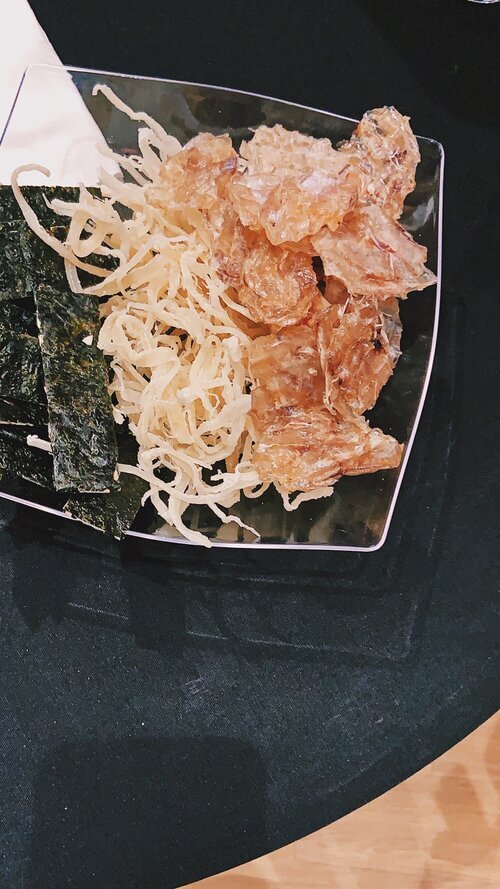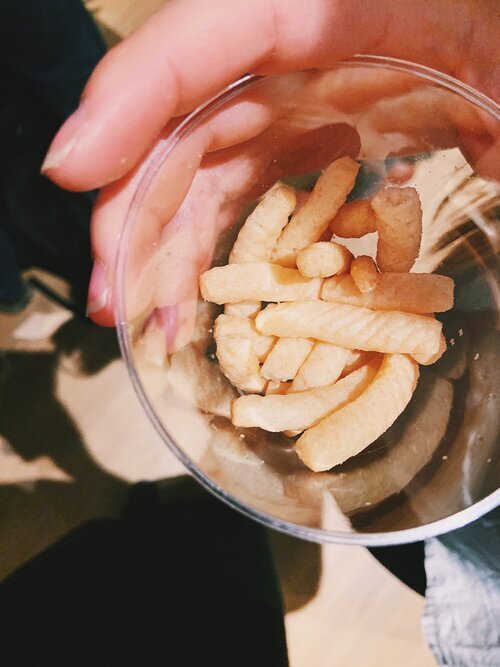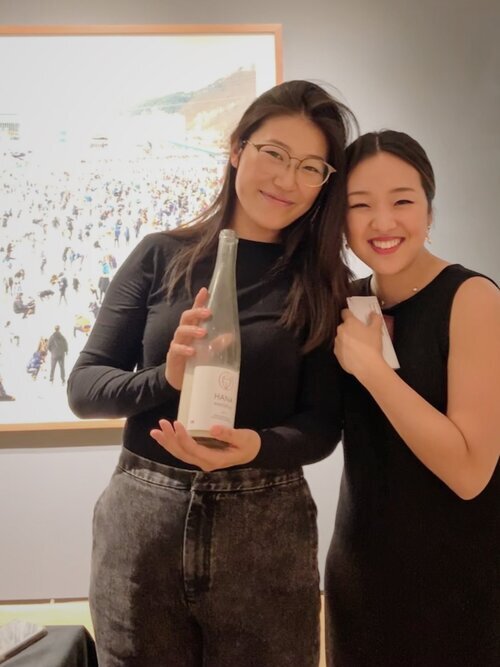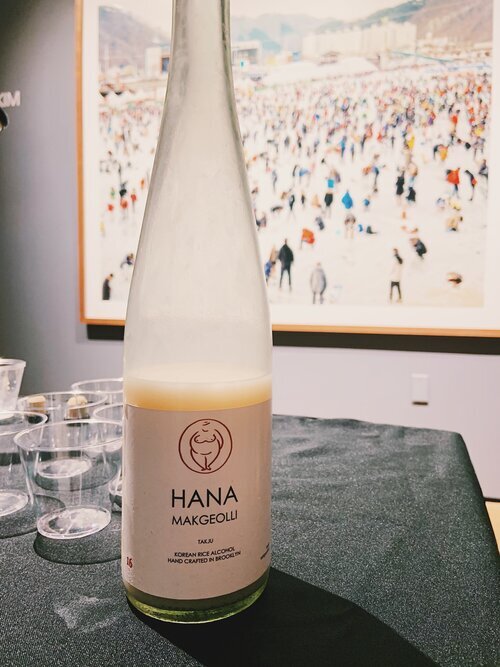about korean sool {alcohol}
ahoy chingooduls~
hope you’ve been dandy and enjoying the beautiful things in life! i sure have, and to be more specific, i’ve been enjoying different kinds of korean alcohol lately. if you’ve seen in my instagram stories, i’ve been testing korean-american produced korean alcohol aka “sool”. sool in korea has a pretty rich and deep history far beyond the part it plays in present day korean culture. for starters, sool and elements of its production has been subsidized by the korean government, so drinking has become fairly common and even expected amongst social gatherings.
what i’ve noticed lately from dining at korean restaurants in nyc and even visiting farms upstate is that there are korean artisanal sool cropping up…and boy am i so freaking delighted to know that i don’t have to opt for chamisul, kook soon dang, and even sake anymore. i was also lucky enough to get tickets to a korean sool 101 event hosted by the korea society to learn more about this movement from korean-american sool producers, alice jun from hana makgeolli and daniel lee from west 32 soju.
if you’re curious, here are a few factoids about korean alcohol that i learned from the event.
korean sool 101
soju
is a distilled liquor from rice, sweet potatoes, or corn that historically had a 40-50% abv but reduced down to 15% in the present day for marketability purposes.
dates back to the 1200’s and was supposedly brought into korea by the mongols, who learned from arak persians.
the soju we commonly know today is from distilled tapioca.
makgeolli
think of it as rice wine with rice sediment that uses nuruk, a wheat based fermentation starter that contains wild bacteria from the yeast.
translates to “carelessly filtered thing”
dates back to the goguryeo dynasty (37 BC)
makgeolli was known as the farmer’s drink as farmers would fill up on it and substitute it for rice. there’s also an interesting classism that comes into play with korean alcohol - the most distilled and purified, yakju, was reserved for people in the highest and noble class. right under that is gwahaju and at the bottom of the barrel is takju that has the most sediment aka makgeolli.
pre-supermarket era, neighborhoods would have their local makgeolli producer that functioned like a modern day pub. people would bring kettles to fill to enjoy back at home - hence, why makgeolli is served in gold kettles!
why hana makgeolli and west 32 is special
hana makgeolli
industrialized makgeolli has a lot of preservatives and additives (aspartame, sulfites) that can result in funky hangovers. think of alice’s makgeolli as the natural wine of makgeollis - it’s not pasteurized and the only funk comes from the lactic bacteria and wild yeast that develops sweetness from the long brewing process of rice ;)
it’s acidic from the lactic bacteria, has rice sediments (tannins) from the fermentation and aging process, and has a floral/fruity/sweetness and creaminess from the rice.
west 32 soju
produces artisanal soju using corn, which contributes to the korean-americaness of the product. it’s a very neutral soju but if you’re looking for a punchy and fancier soju, they have a reserve soju that is barrel aged.
happy drinking!
xo, christine






